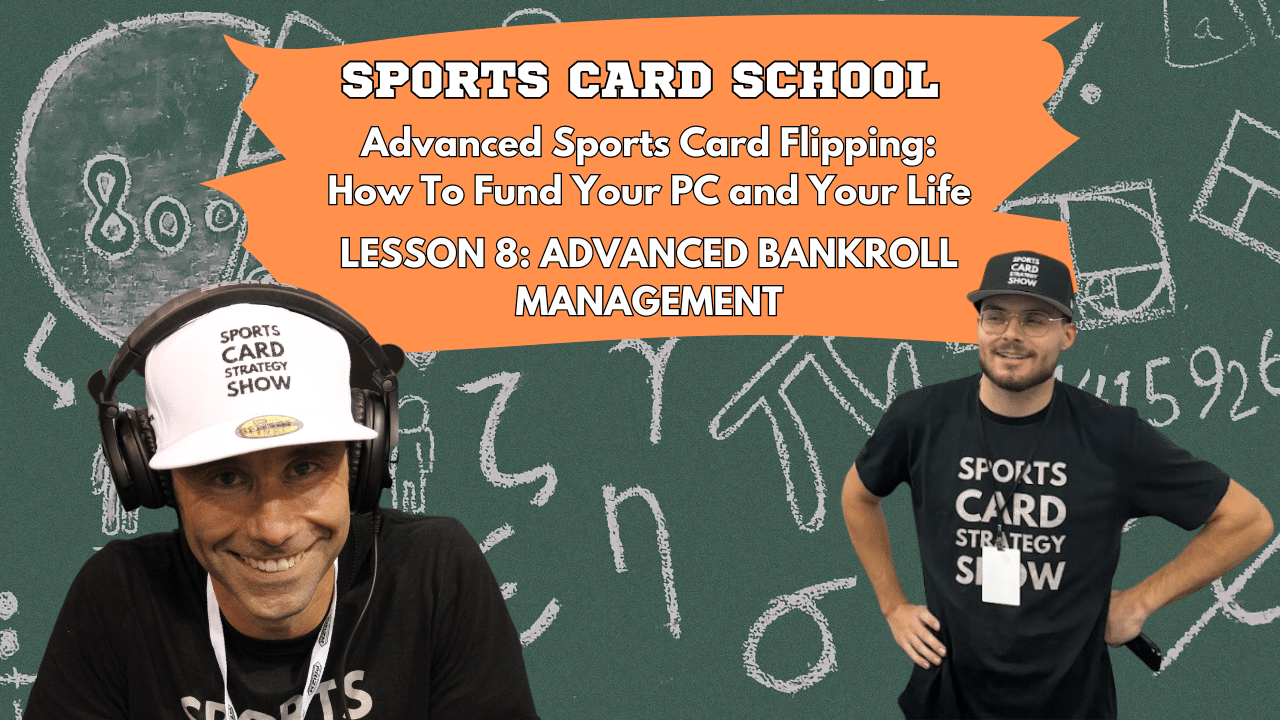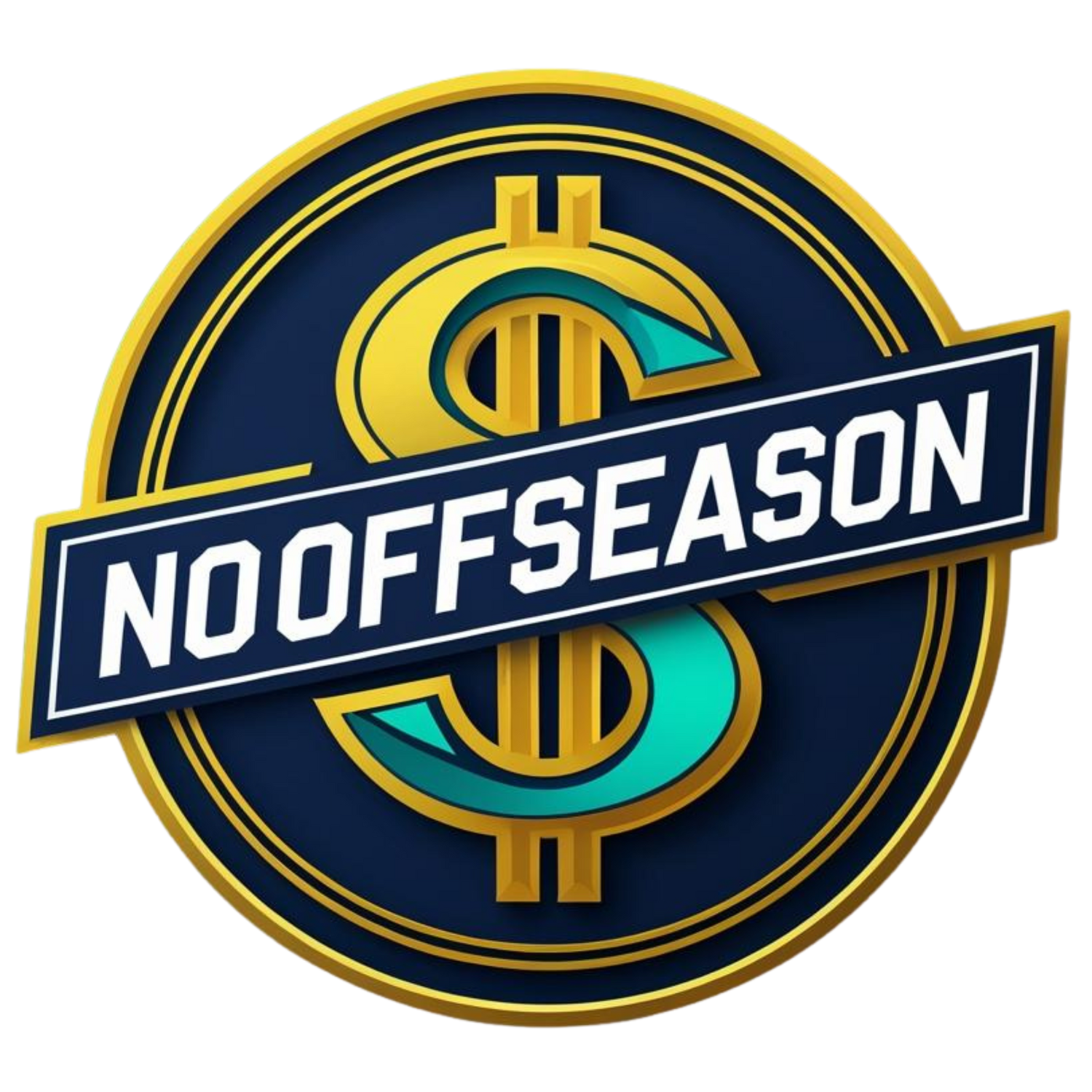
Advanced Bankroll Management

Advanced Bankroll Management
What is "Bankroll?"
In business terms, it's simply "the supply of money for a business."
In sports card investing terms, it's "the money you use to buy cards." Not on that, but it's important to keep your sports card bankroll separate and NOT FUNDED by your personal money.
1. Run Your Sports Card Bankroll like it is it's own separate business.
Set up a separate checking account. Just contact your bank. You don't actually need a separate LLC to do this.
Fund it once, with whatever amount of money suits your current financial situation. My recommendation is that it is somewhere between $500-$1k minimum to start, unless you regularly transact at card shows. Reason being, to make money regularly transacting online, more often than not you need to buy raw and grade your cards. The minimum PSA bulk value submission fee is around $550 all in, just to grade the 20 cards.
If you use our Formula-based sports card rankings though, you can buy cards Raw To Grade, or Already Graded for whatever budget you're comfortable with.
2. Each Time You Sell A Card, Take 20%-30% Of The Gross Amount, And Put It Right Back Into Your Separate Checking Account
This allows you to build up more bankroll to make larger plays eventually. It's essentially a "savings account" coming out of your sales.
3. Each Time You Sell A Card, Take 20%-30% Of The Gross Amount, And Take It Completely Out Of Sports Cards
This is your true profit. Your real money that you take/keep from investing in sports cards. This is what we mean when we say "fund things in your life." If you don't actually take money out of sports cards and do other things with it, like pay your bills, take your family out to dinner, or buy a card, go on vacation, etc., then you really risk never making any true profit.
4. Keep 40%-60% of the money you get back from your sales and reinvest it into the next best plays
This helps you keep the cash flow necessary to stay in the game. It's important to stay in the game, because you always learn from all plays. Whether an L or a W, each play is a learning experience.
Maybe you thought you did everything correctly (aka, buying the right card, for the right player at the right time). You went were they weren't. You got a great deal, but you didn't execute the sale in the correct format, so despite you selling the card for more gross than want you paid for, you're actually at a net loss due to transaction fees.
How Often Should You Expect To Profit?
My experience is that you should expect to break even 50% of the time. You should expect to LOSE 20% of the time. But, the 30% of the time that you profit should more than make up for the other 70%. Why? Well, our methodology gives you a chance to hit a home run each time you're at the plate (every single play), but even if it's not a home run, it should either be a base hit, or at worst a walk or a sac bunt (meaning we always mitigate risk so that your losses don't kill you; they're so small that you're always in the game).
3 Example Plays and How They Work Together
Say you bought three cards.
1 Jackson Holliday 2022 Bowman Draft 1st Prospect Base Auto PSA 9. You pay $450 all in.
1 Caleb Williams 2022 Bowman Chrome U 1st Prospect Base Auto PSA 10. You pay $450 all in.
1 Anthony Edwards 2020 Prizm Silver PSA 10. You pay $500 all in.
The Holliday sells for $520, but you only net $480 after fees.
The Williams sells for $505, but you only net $455 after fees.
The Edwards sells for $800, and you net $200 after fees.
You've made three solid plays, all the right card for the right player at the right time. You spent $1,400 and made $110. Not a phenomenal ROI, but you're still in the game.
Take $30 and put it away. Take $20 out of cards, and put the rest back into other immediate plays. Each time you do this, you'll learn what works and what doesn't.
Each time, you'll get better at executing the play.
